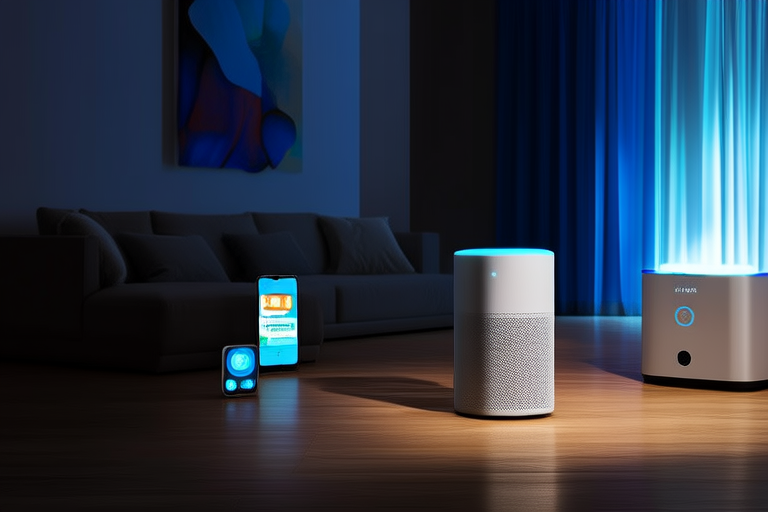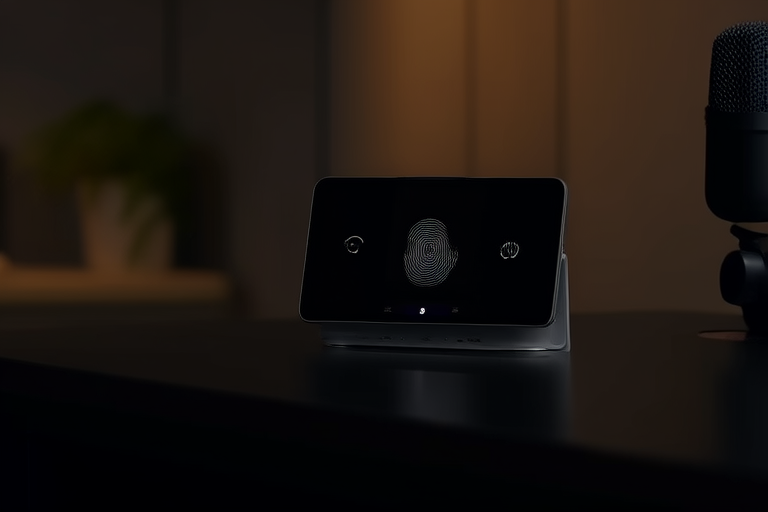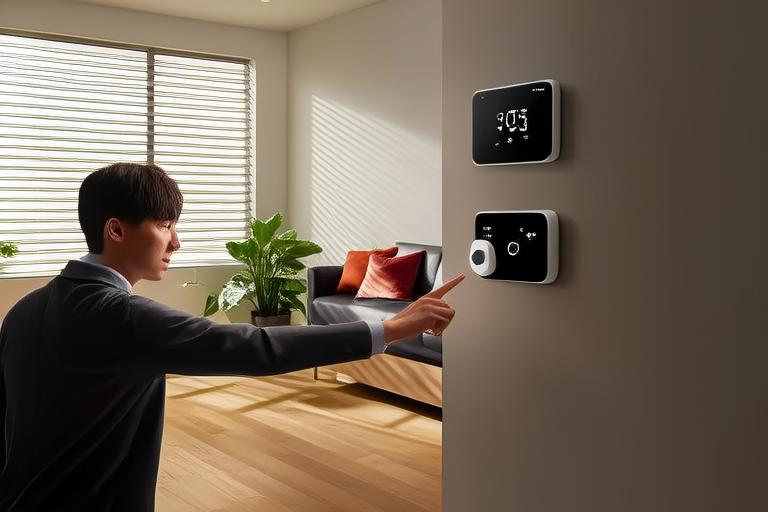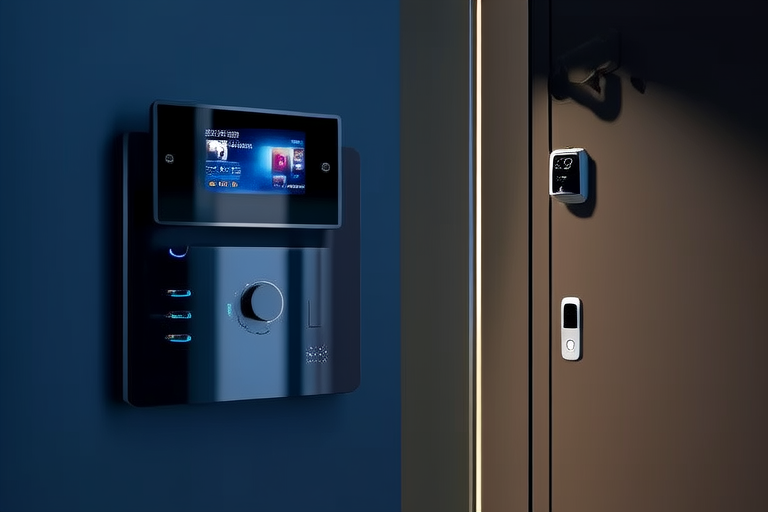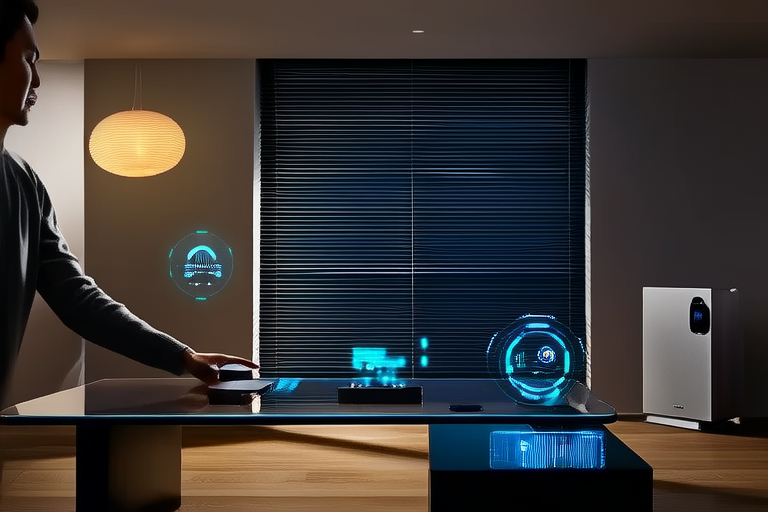“`html
Secure, Savvy, and Sophisticated: Mastering Your Smart Home Ecosystem
Introduction
The concept of a smart home ecosystem refers to a network of interconnected devices that work together to create an intelligent, automated living environment. From smart lighting and thermostats to security cameras and voice assistants, these devices communicate with each other through a central hub or control system, allowing homeowners to manage their home’s functions remotely and automate tasks for greater convenience.
In today’s digital age, the importance of security, convenience, and sophistication in smart homes cannot be overstated. A secure smart home protects personal information and prevents unauthorized access, ensuring peace of mind. Convenience simplifies everyday tasks, while sophistication adds a layer of personalization and intelligence that enhances the overall living experience.
Understanding Your Smart Home Ecosystem
A smart home ecosystem typically includes various devices such as smart lights, thermostats, cameras, door locks, and entertainment systems. These devices are designed to interact seamlessly, creating a cohesive environment where actions in one area can trigger responses in another. For example, when you arrive home, smart lights could turn on automatically, the thermostat adjusts to your preferred temperature, and music starts playing.
The role of hubs and central control systems is crucial in managing these devices. Hubs act as the nerve center of the smart home, connecting all devices and enabling them to communicate with each other. Central control systems, often integrated into mobile apps or web interfaces, allow users to monitor and control their smart home devices from anywhere.
Security in Smart Homes
One of the primary concerns for smart home owners is security. With increasing connectivity comes the risk of hacking, data breaches, and privacy violations. To mitigate these risks, it is essential to implement robust security measures. Start by using strong, unique passwords for each device and enable two-factor authentication wherever possible. Regularly update the firmware and software of your devices to patch any vulnerabilities.
Popular smart home brands offer various security features to protect your system. Many devices come with encryption to safeguard data transmission, while others include intrusion detection systems to alert you to suspicious activity. Some advanced models even incorporate facial recognition and voice biometrics for added layers of security.
Convenience and Automation
Automation is one of the most exciting aspects of smart homes. By setting up routines and automations, you can streamline your daily life and save time. For instance, you can schedule your lights to turn off when you leave the house or adjust the temperature based on occupancy. Voice commands through smart assistants like Alexa, Google Assistant, or Siri make it easier than ever to control multiple devices with just your voice.
Imagine coming home after a long day at work and having your lights turn on, the thermostat adjust to a comfortable temperature, and your favorite playlist start playing—all without lifting a finger. This level of convenience is achievable with the right setup and automation.
Sophistication and Customization
Smart homes are not just about convenience; they also offer advanced features that add sophistication and personalization. AI-driven insights and predictive analytics can learn your habits and preferences, making your home more intuitive. For example, your smart thermostat might predict when you’ll need to adjust the temperature based on historical data and current weather conditions.
Customization is key to making your smart home truly yours. You can tailor settings to fit your lifestyle, whether it’s programming specific schedules for different rooms or integrating new technologies like facial recognition or voice biometrics. Energy management systems can help optimize your home’s power usage, reducing costs and environmental impact.
Future Trends
The future of smart homes looks promising, with continuous advancements in technology. Emerging trends include more seamless integration between devices, improved AI capabilities, and enhanced user interfaces. Facial recognition and voice biometrics will become more prevalent, offering greater security and personalized experiences.
However, there are challenges to overcome, such as interoperability issues between different brands and concerns over data privacy. As the industry grows, it will be important for manufacturers to prioritize security and privacy while innovating new solutions.
Staying informed about these developments is crucial for smart home enthusiasts. Consider upgrading your system periodically to take advantage of the latest features and improvements.
Conclusion
Mastery of a smart home ecosystem involves understanding both the technical aspects and the thoughtful planning required to create a secure, convenient, and sophisticated living space. By prioritizing security, embracing automation, and exploring customization options, homeowners can enjoy a smarter, more efficient home.
As technology continues to evolve, staying informed about new developments and considering upgrades will ensure that your smart home remains cutting-edge. Embrace the benefits of secure, savvy, and sophisticated smart home living, and let your home become an extension of your lifestyle.
“`
